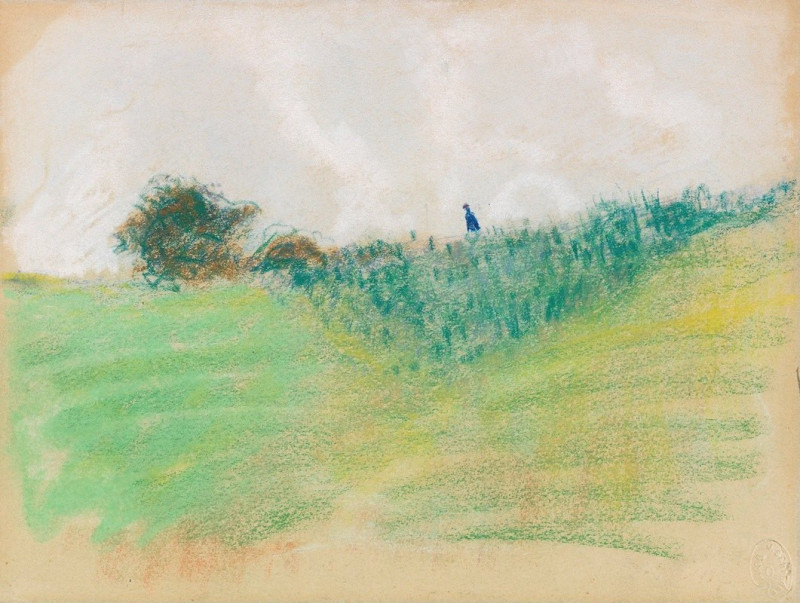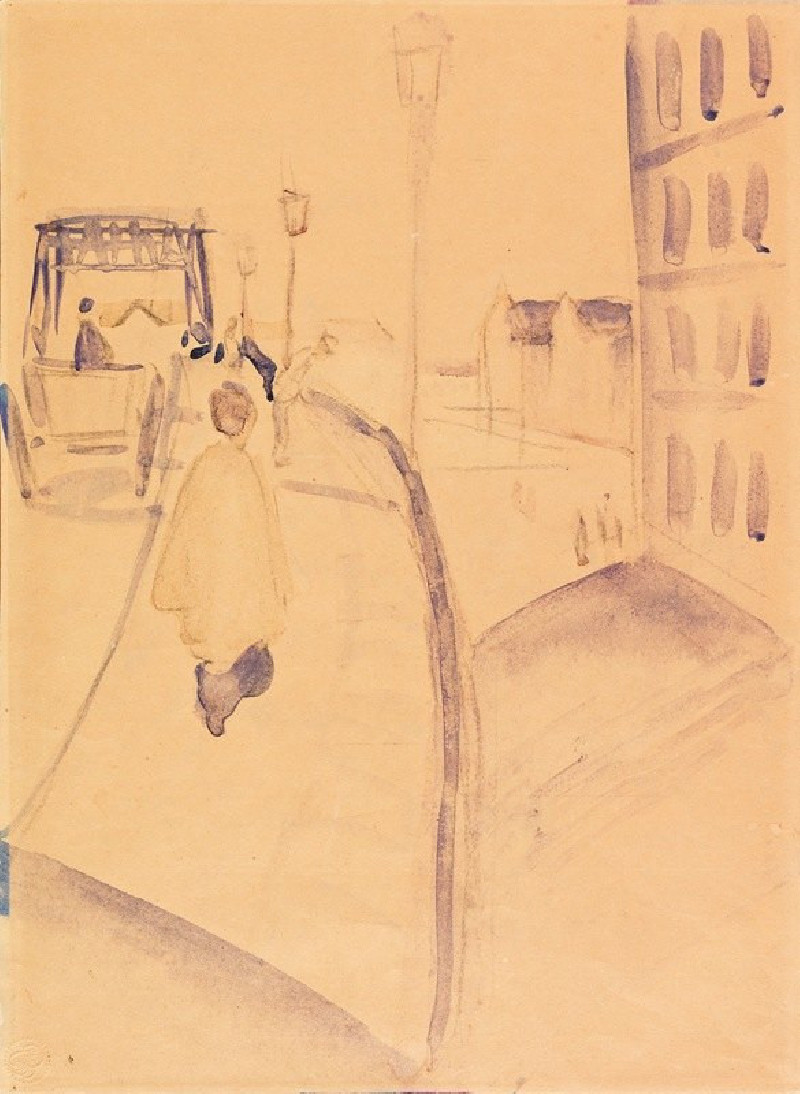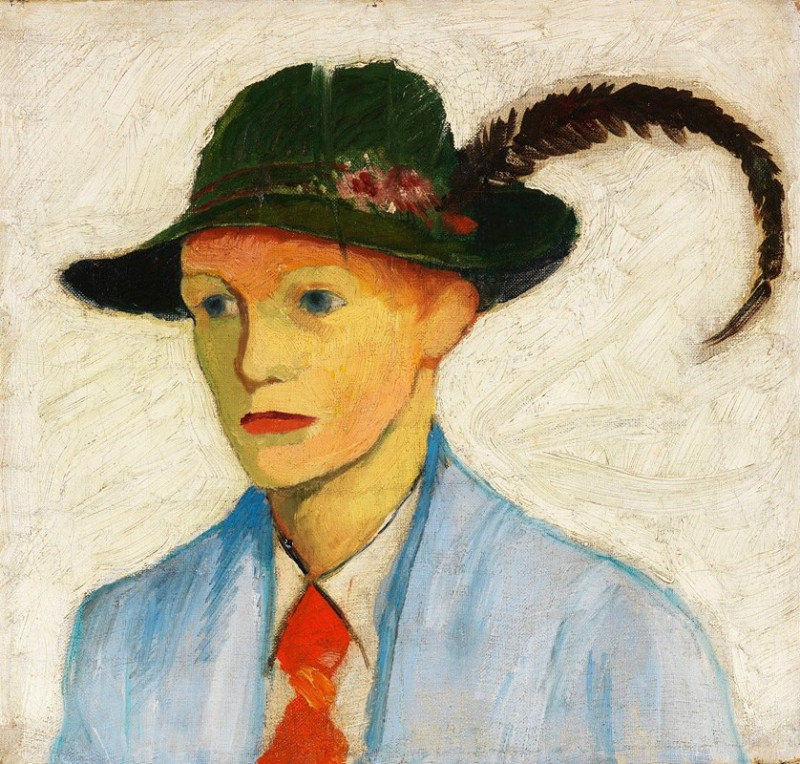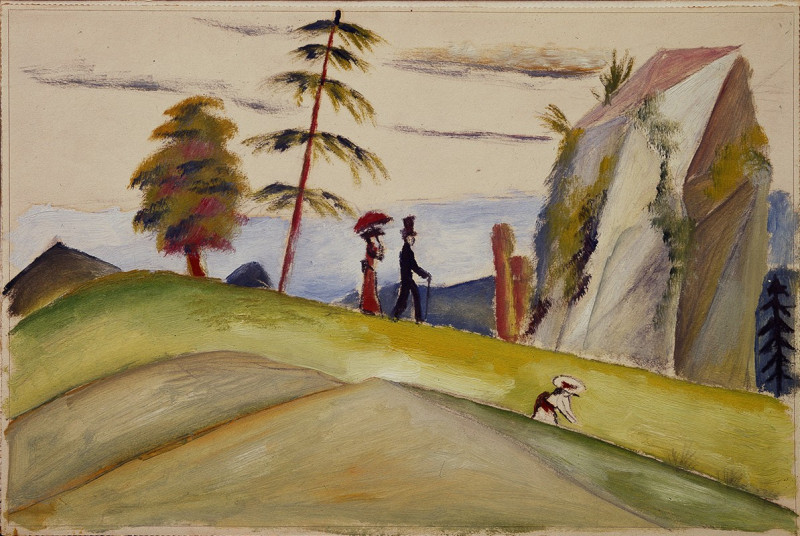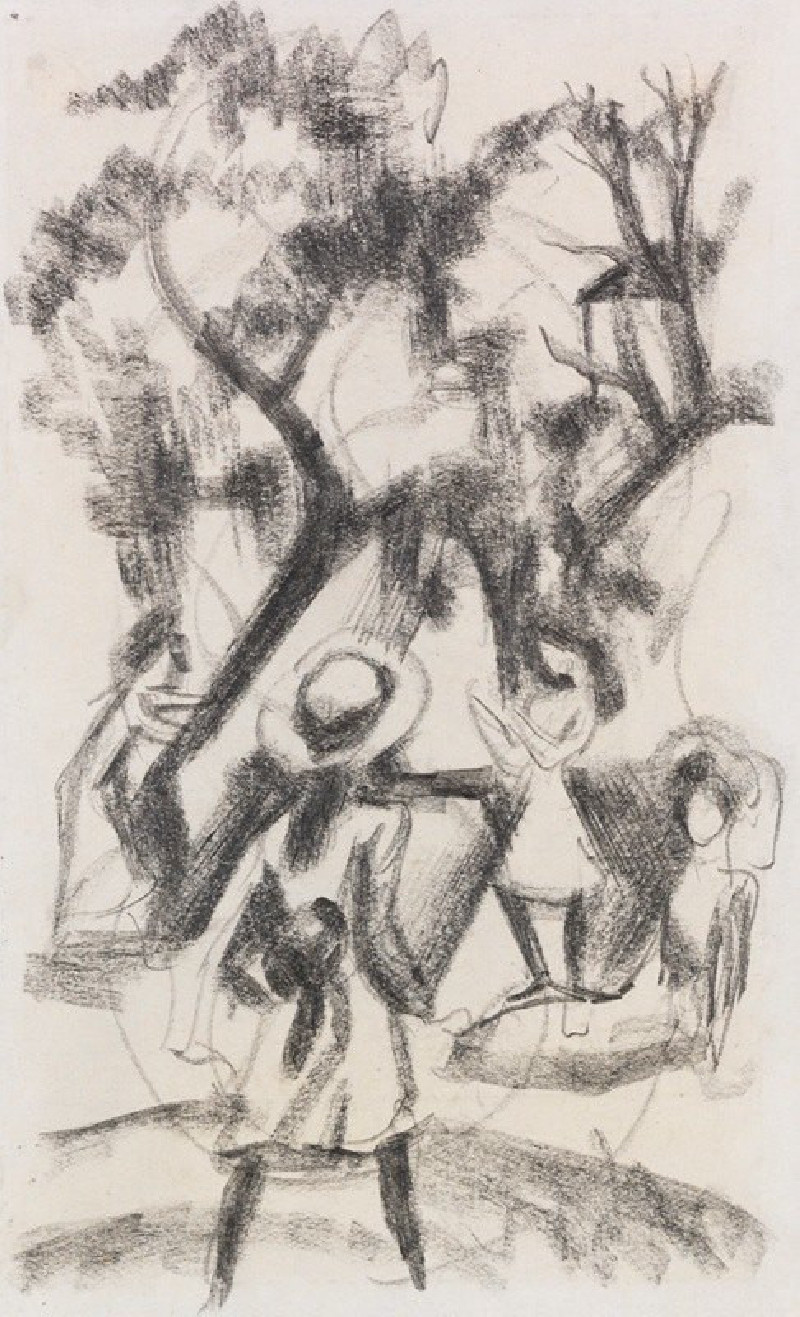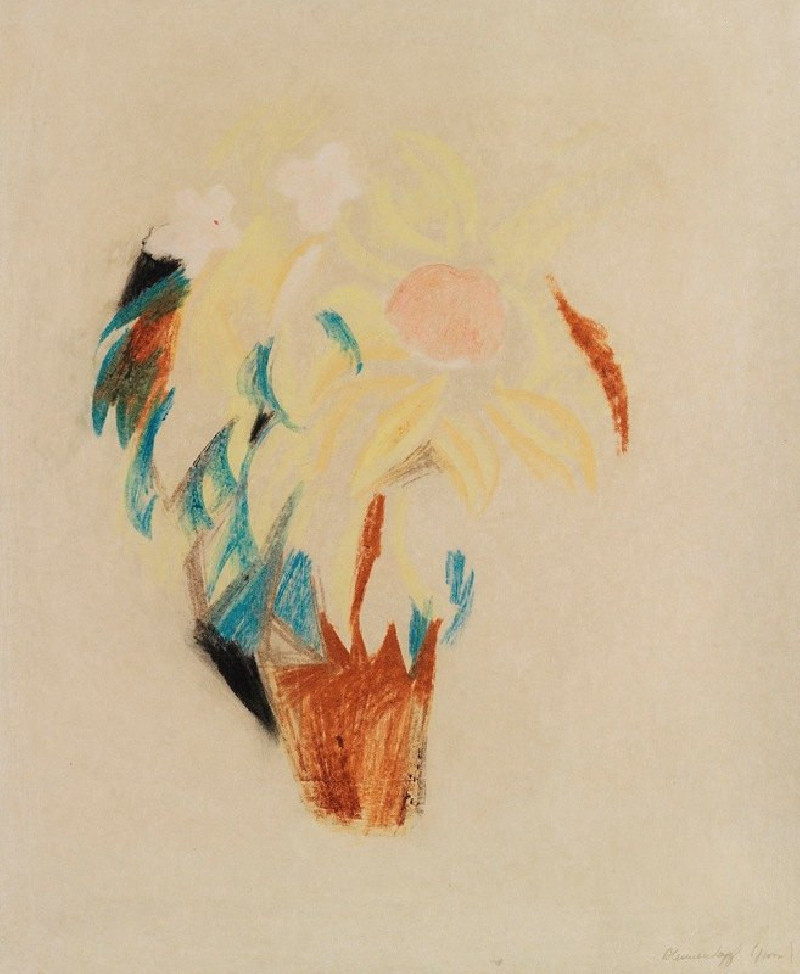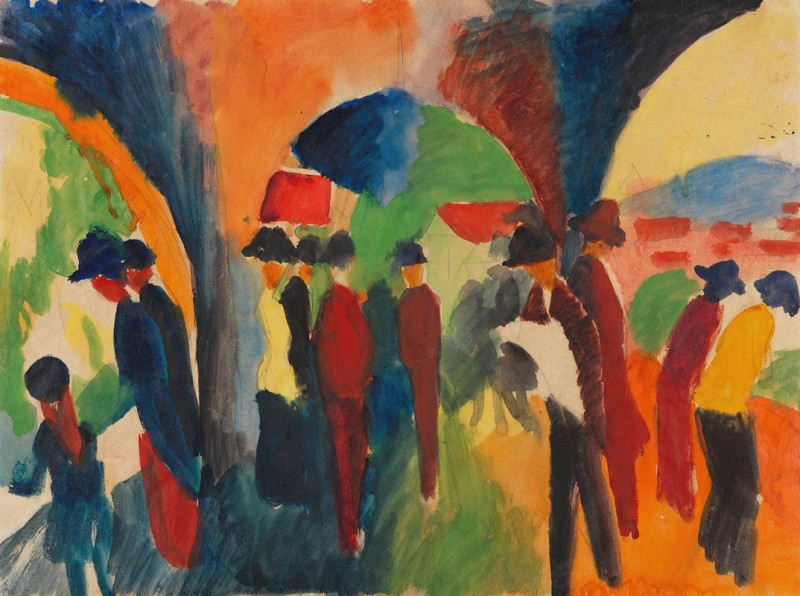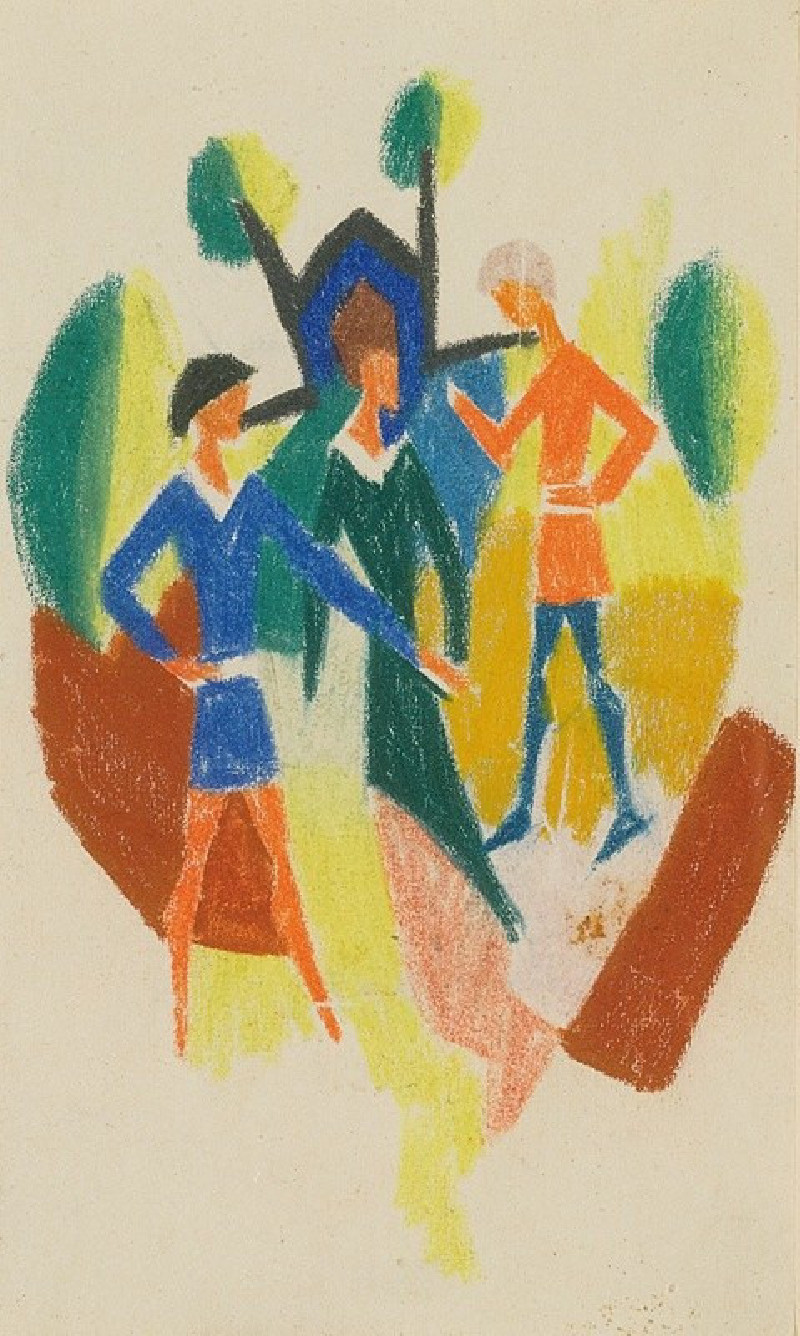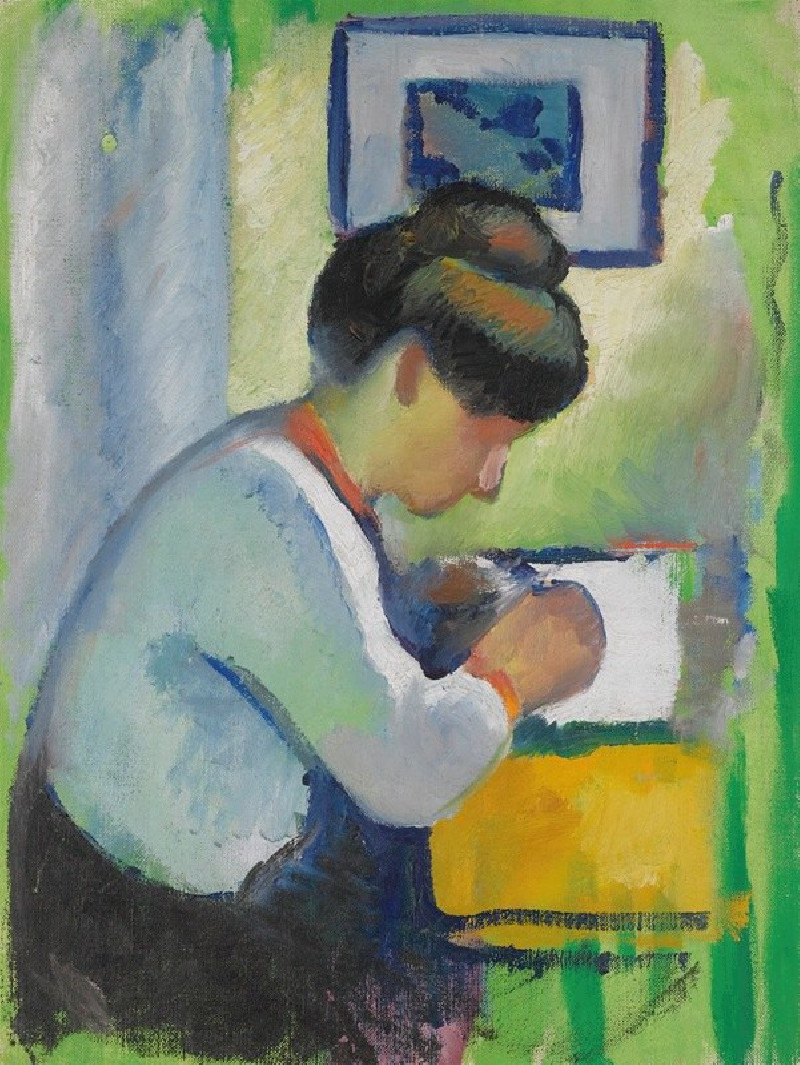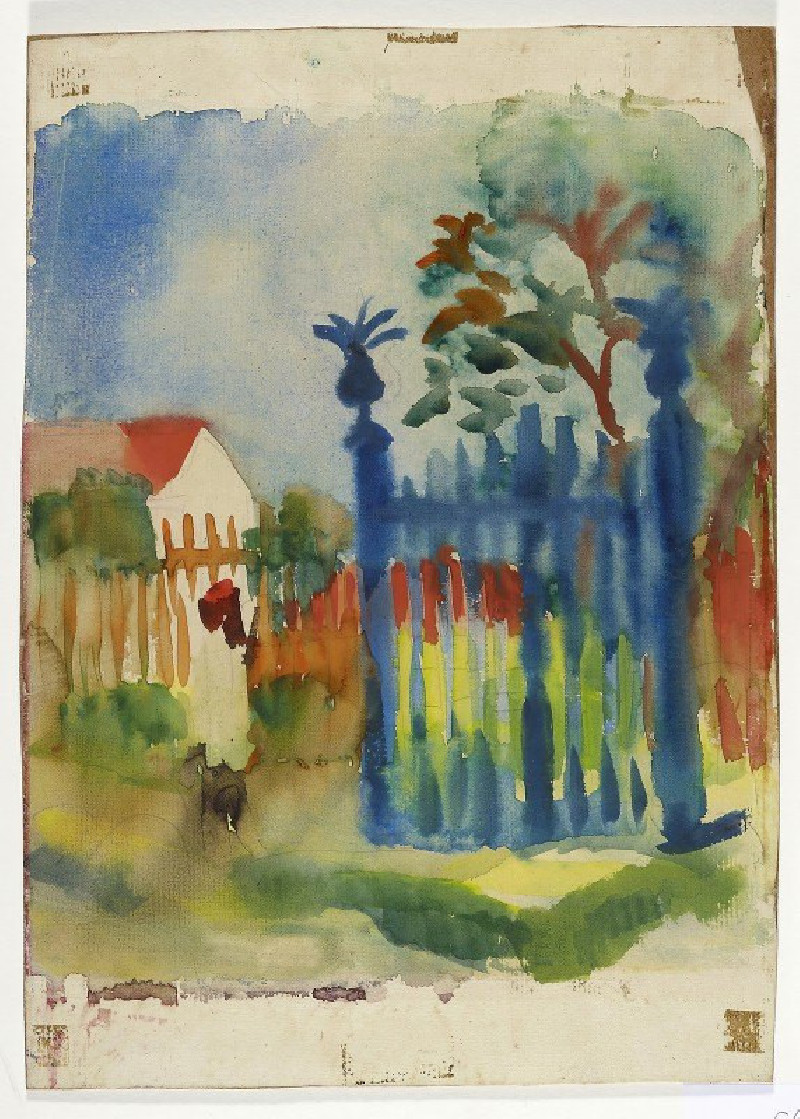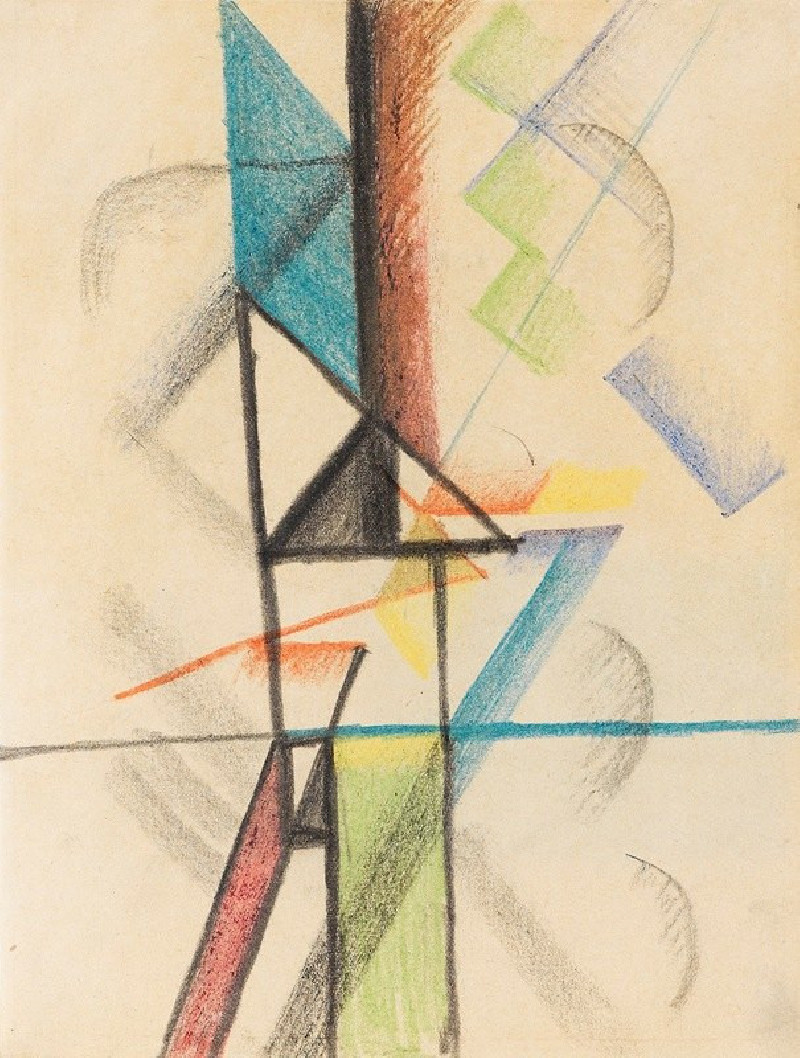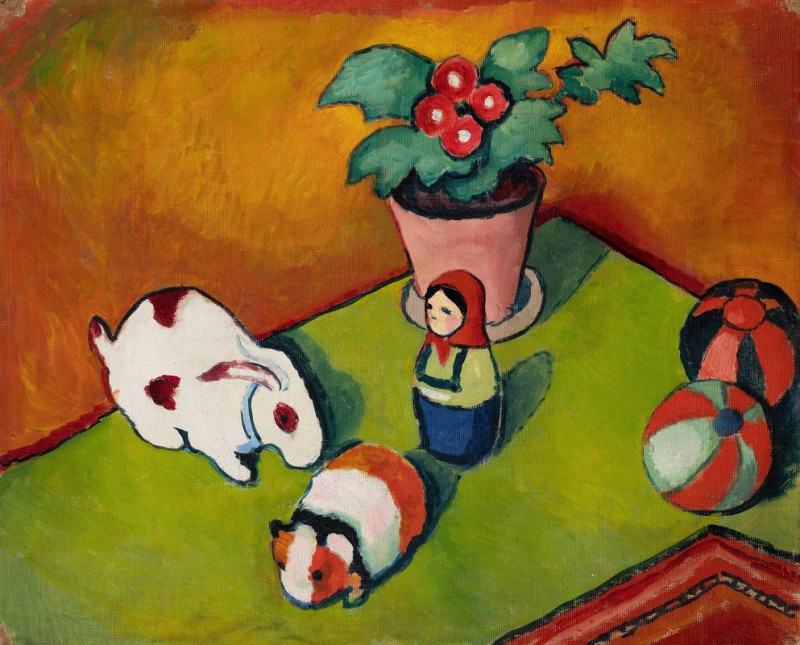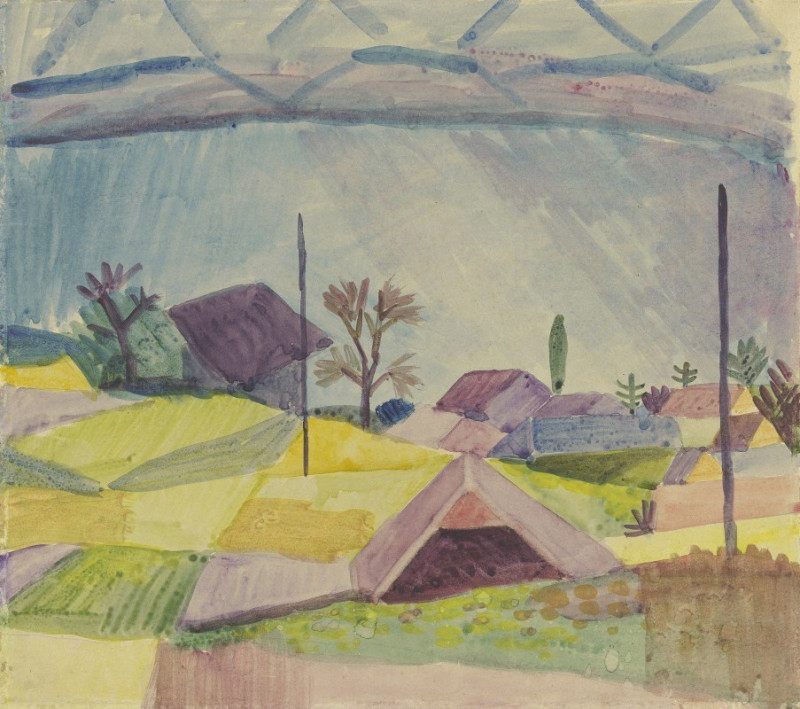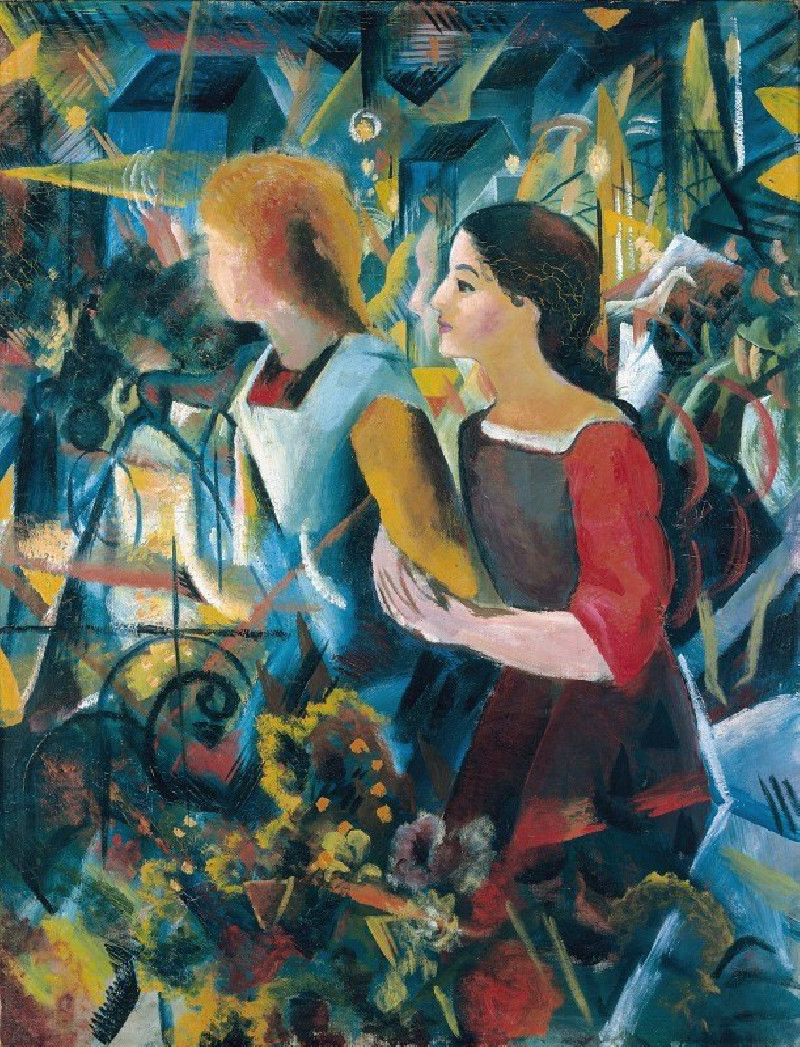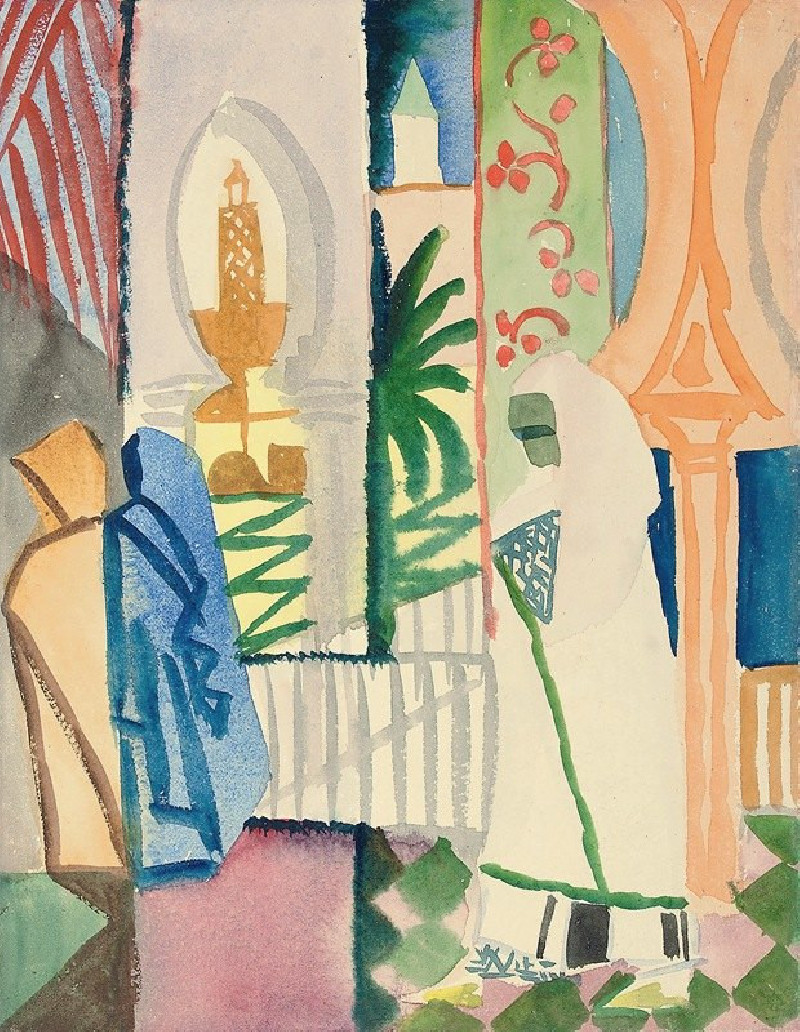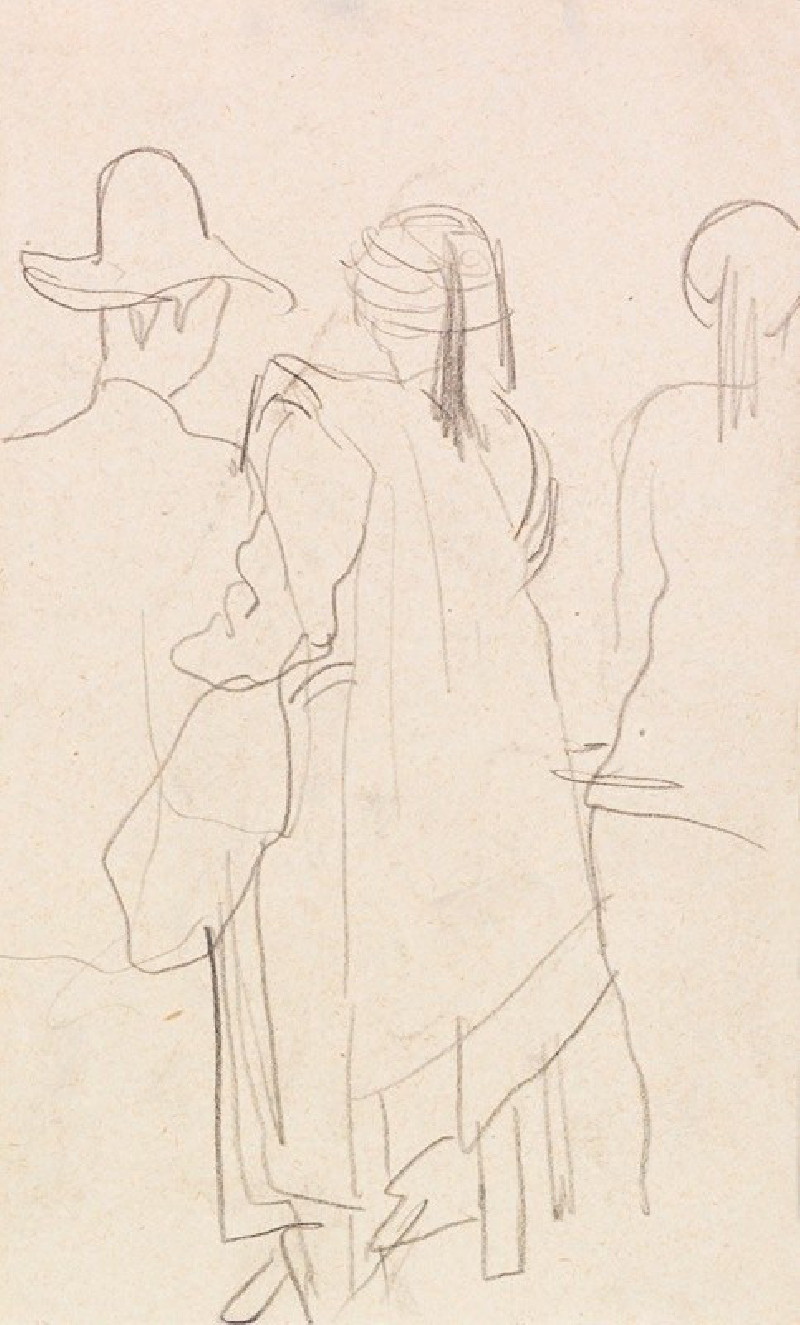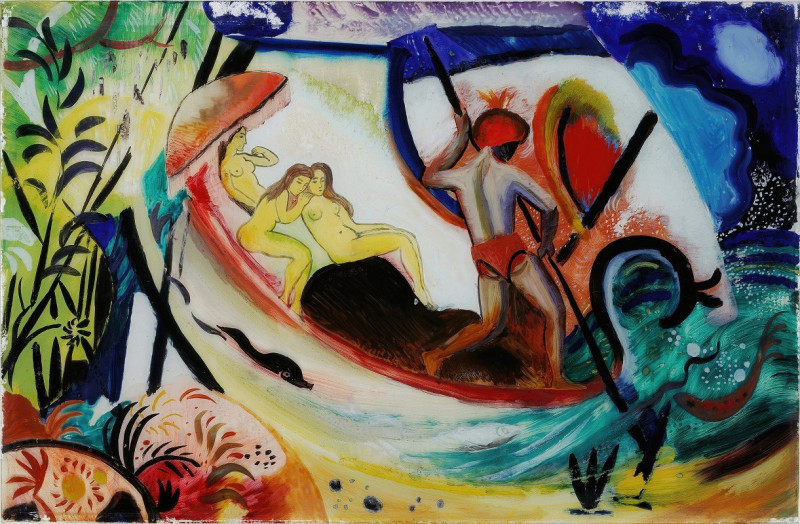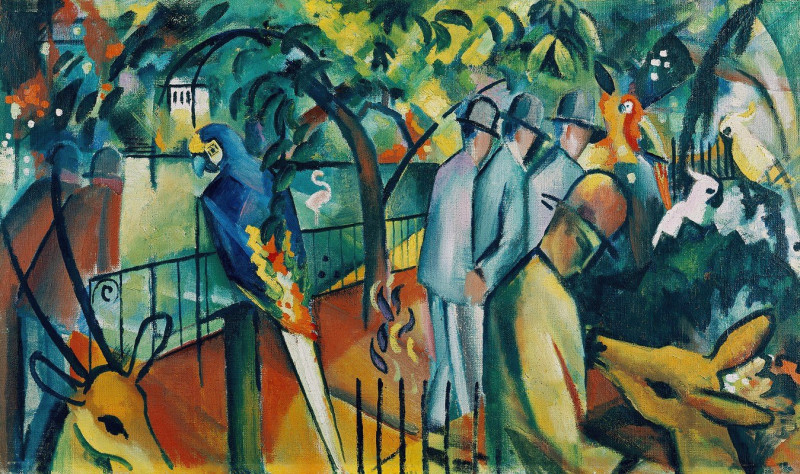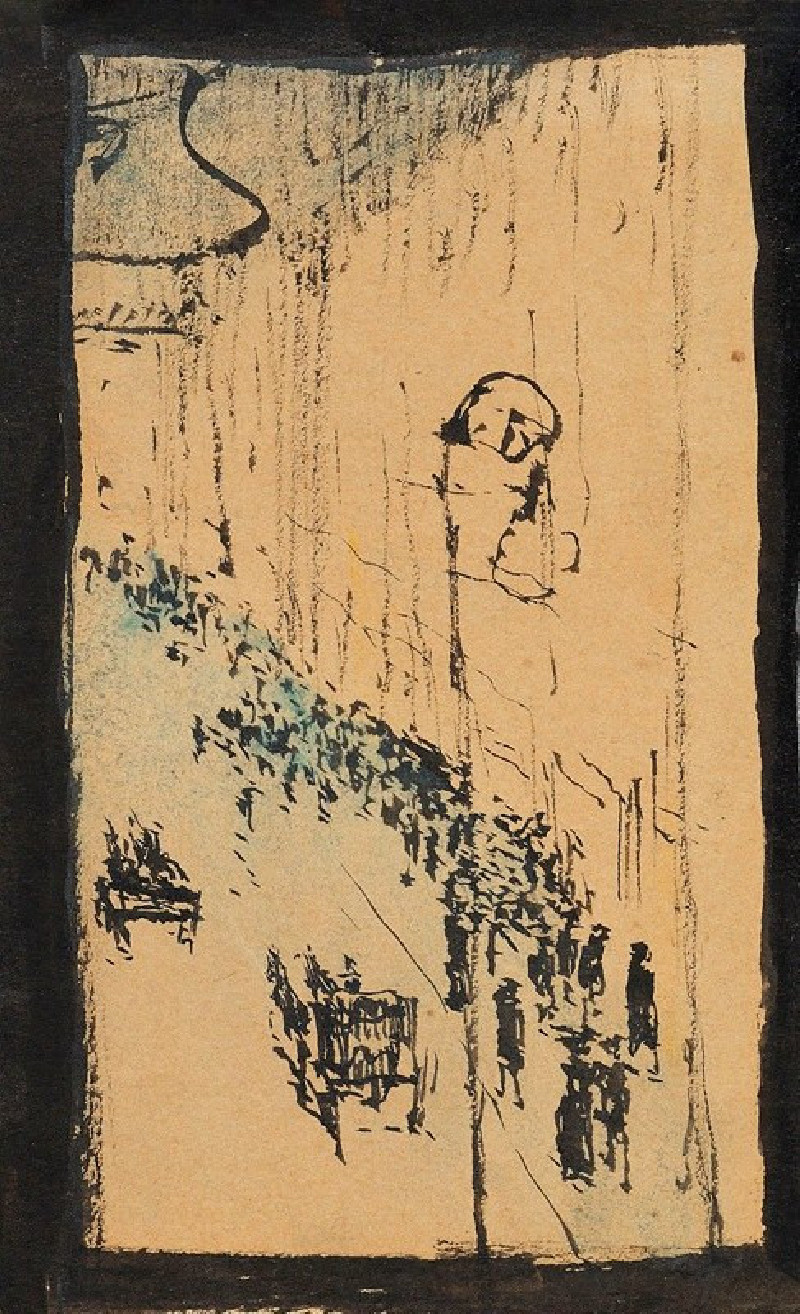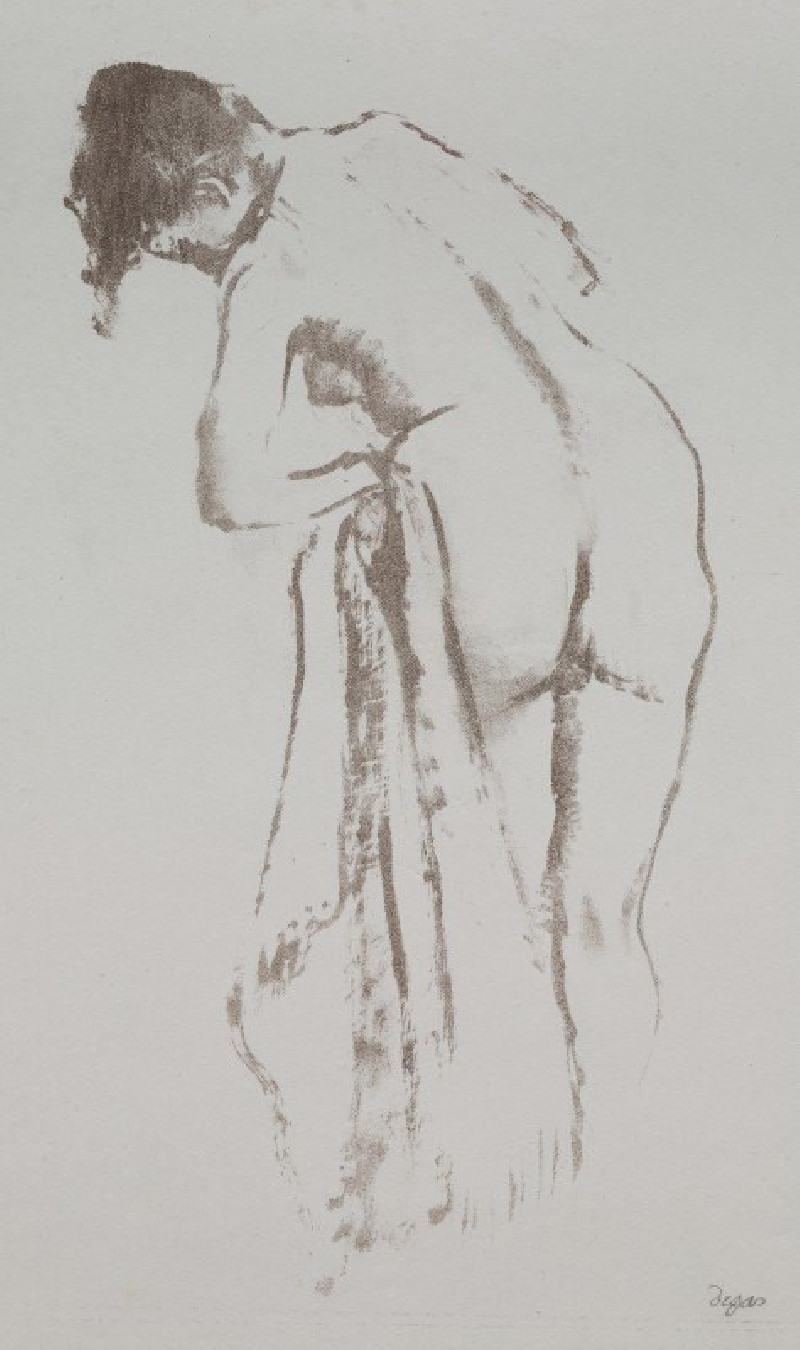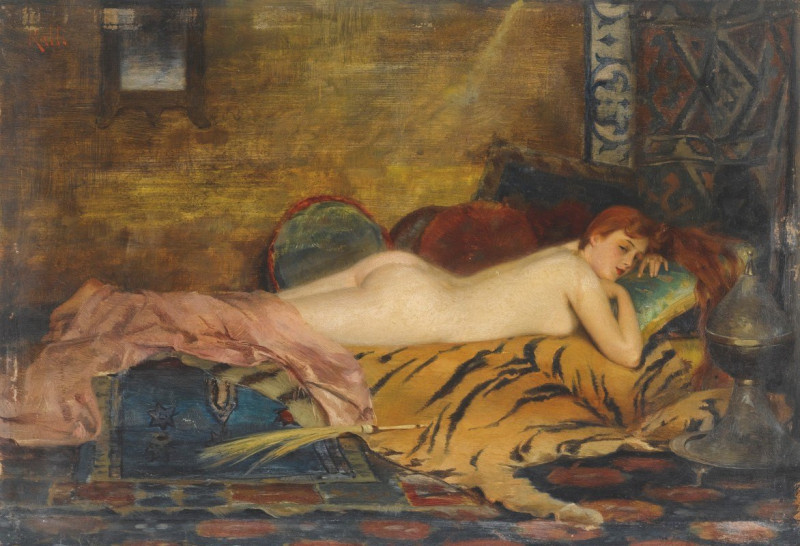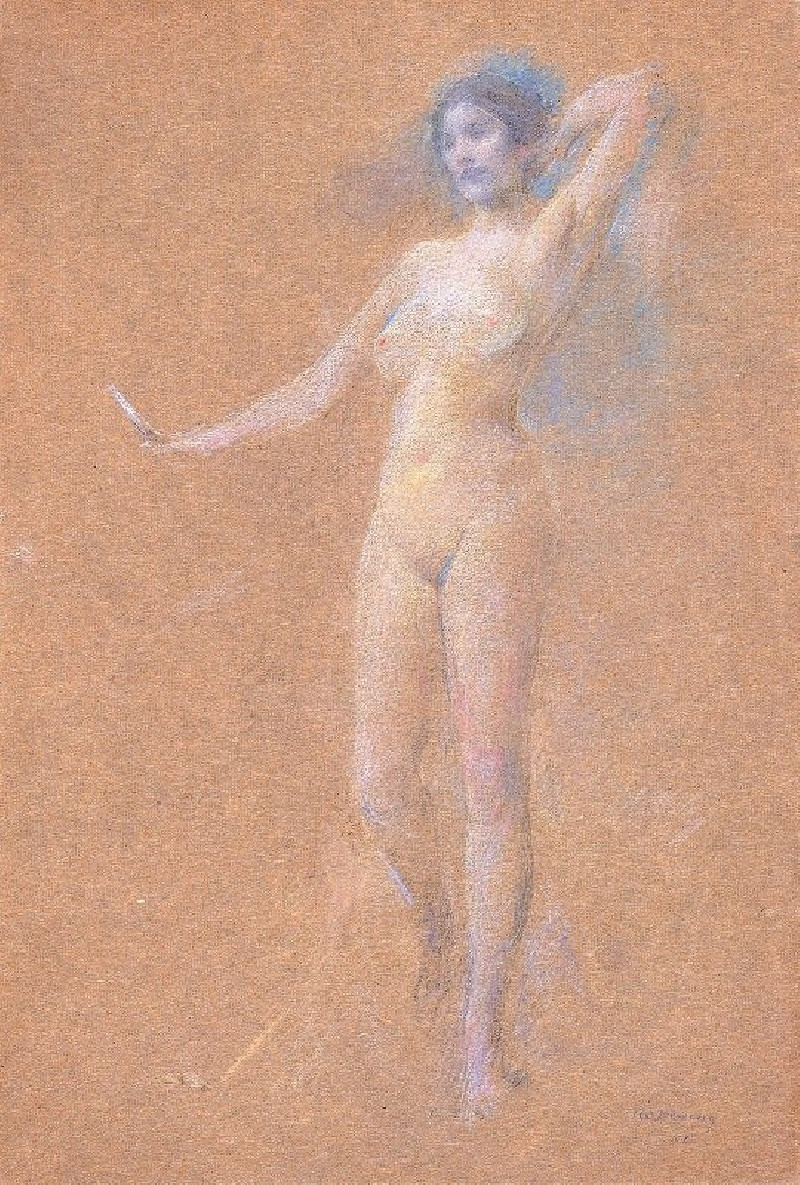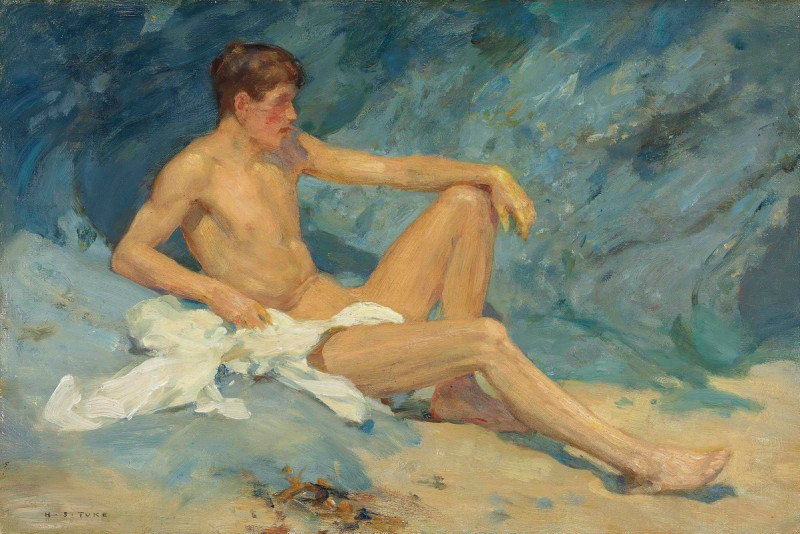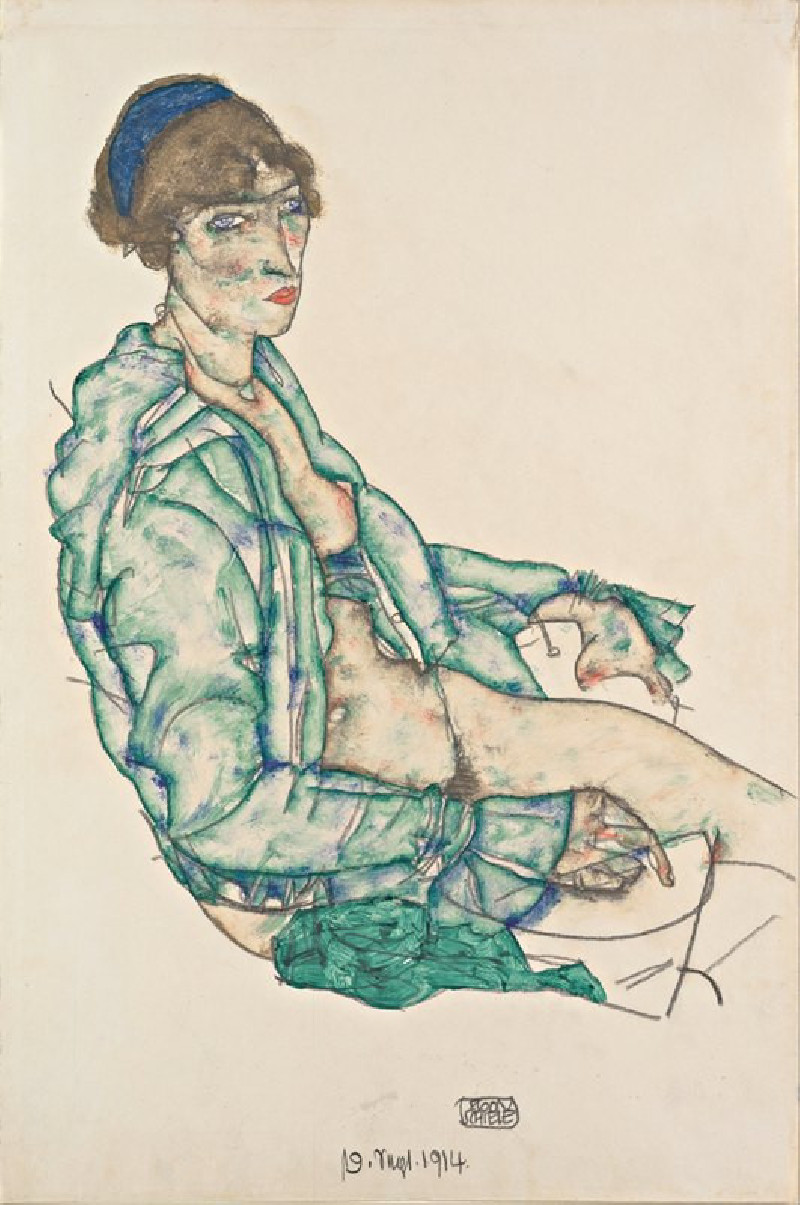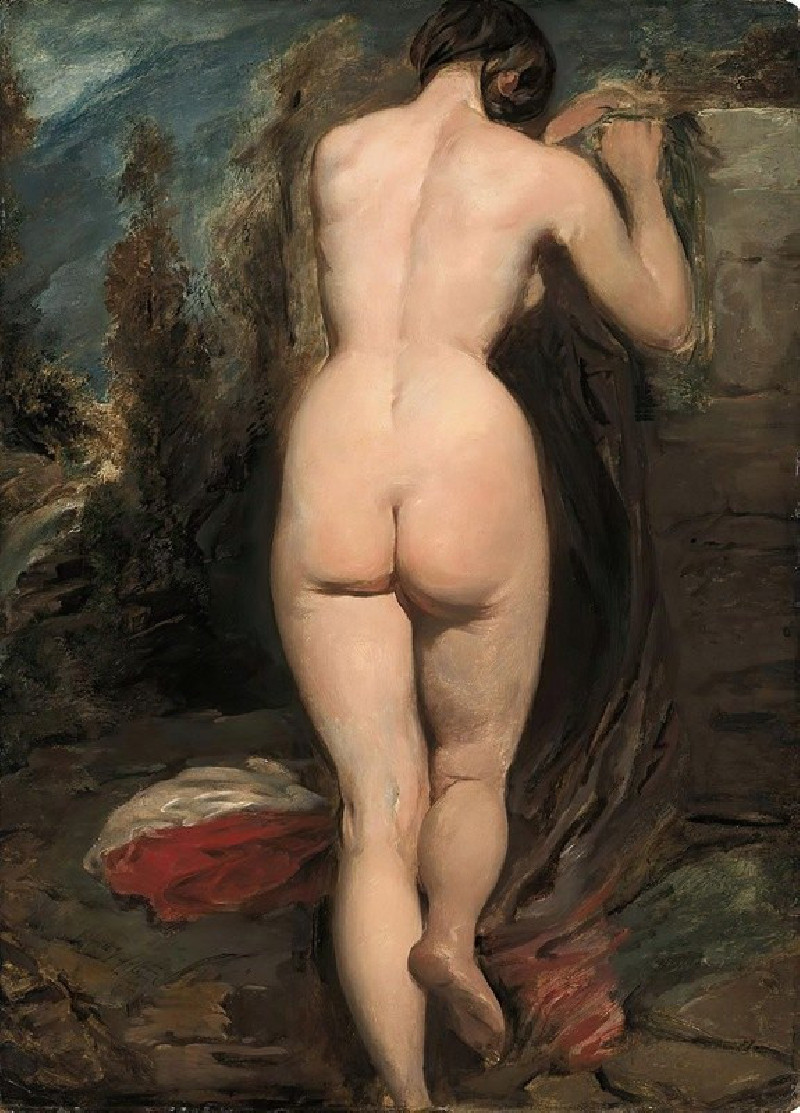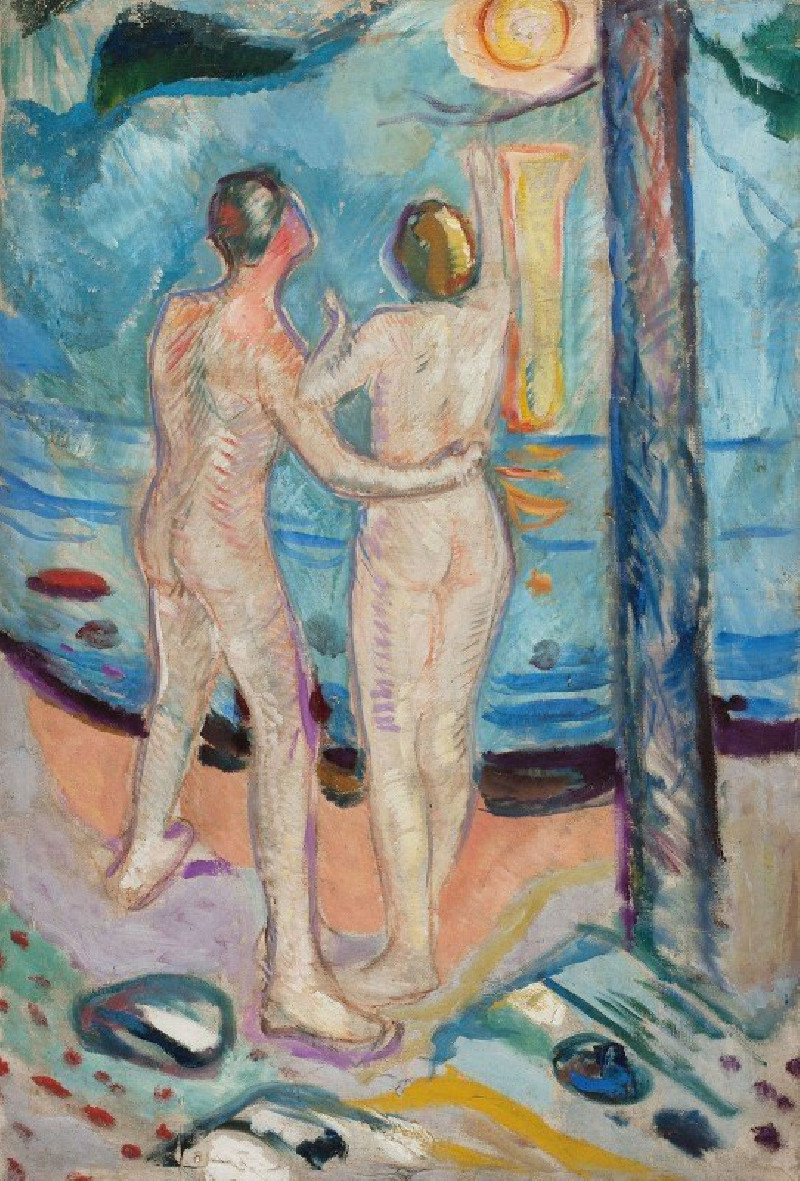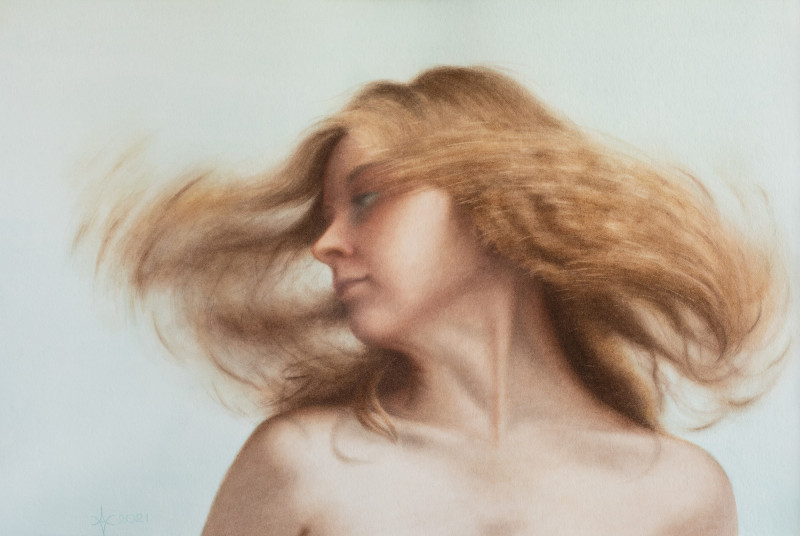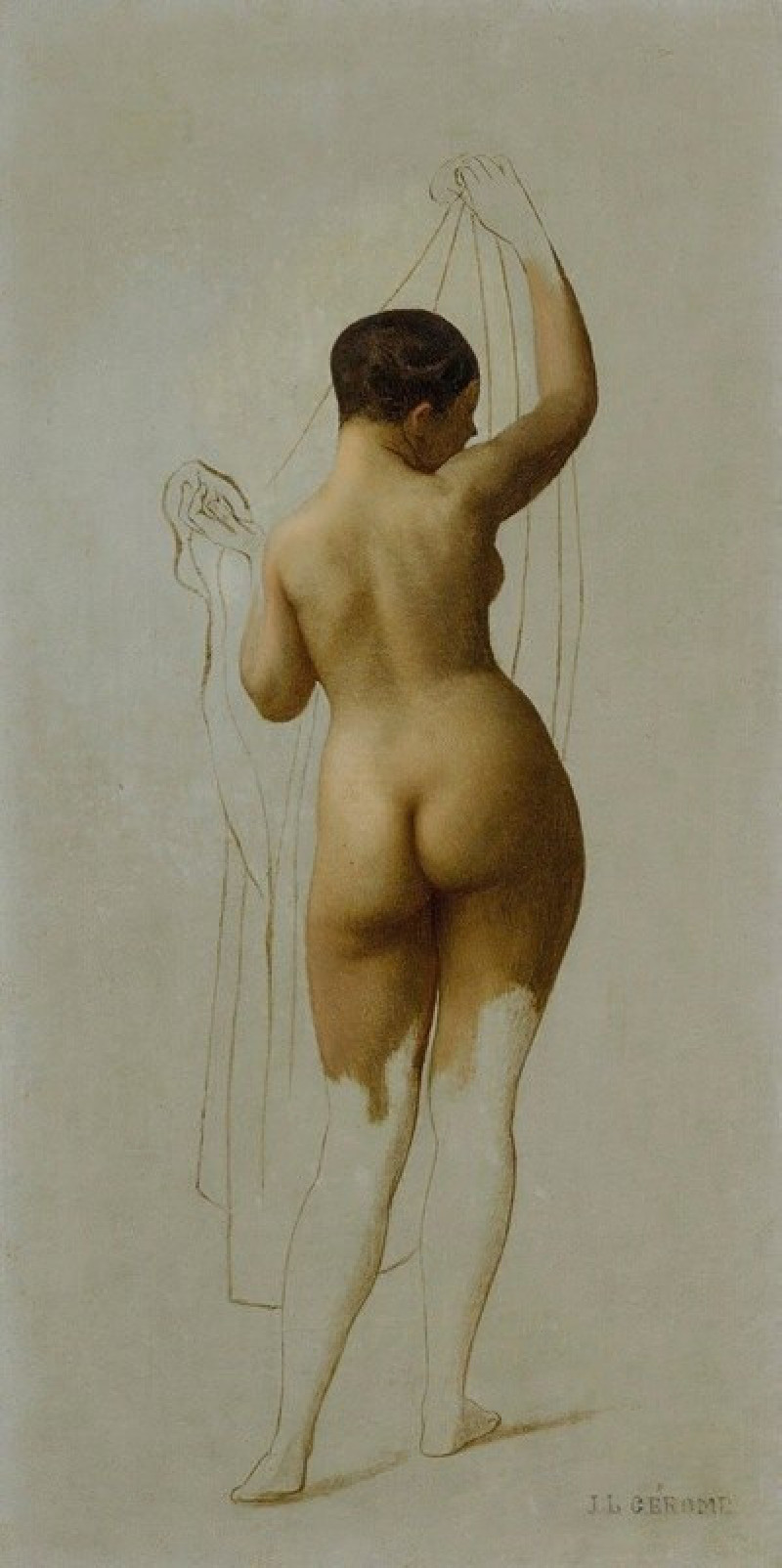Male Nude (1912)
Technique: Giclée quality print
Recommended by our customers
More about this artwork
August Macke's expressive work, "Male Nude," painted in 1912, is a striking example of his mastery in the utilization of minimalistic strokes to encapsulate the human form. The painting features a male figure depicted in a seated, introspective pose. His muscles are subtly defined, yet the strength and tension in his pose is palpable. The figure, caught in the midst of a quiet, solitary moment, seems deeply contemplative or perhaps weary.The artist uses a muted palette of grays and browns, allowing the interplay of light and shadow to bring depth and realism to the figure. Macke’s brushwork is fluid, and the contours of the man’s body are depicted with both softness and clarity, which demonstrates Macke's skill in balancing detail with abstraction.This piece is particularly noteworthy not only for its aesthetic beauty but also for the emotion that it evokes. It communicates a sense of vulnerability and human dignity, themes that resonate deeply in much of Macke’s work.
Delivery
Returns
August Macke (3 January 1887 – 26 September 1914) was a German Expressionist painter. He was one of the leading members of the German Expressionist group Der Blaue Reiter (The Blue Rider). He lived during a particularly innovative time for German art: he saw the development of the main German Expressionist movements as well as the arrival of the successive avant-garde movements which were forming in the rest of Europe. Like a true artist of his time, Macke knew how to integrate into his painting the elements of the avant-garde which most interested him.


